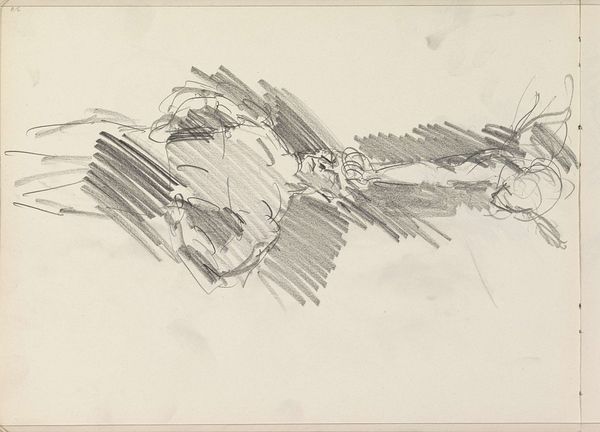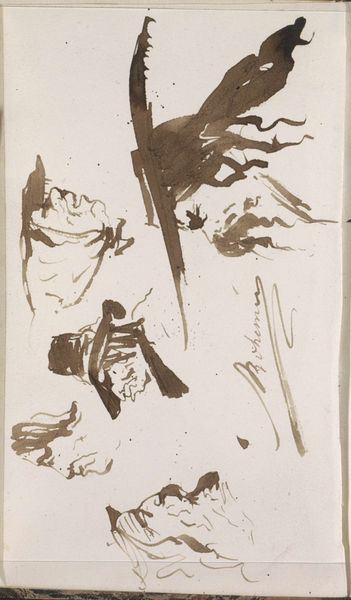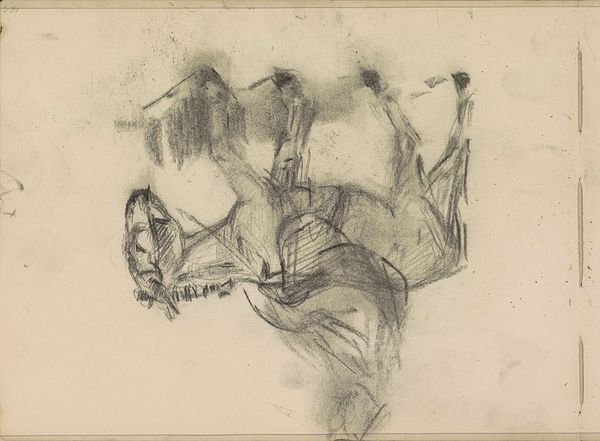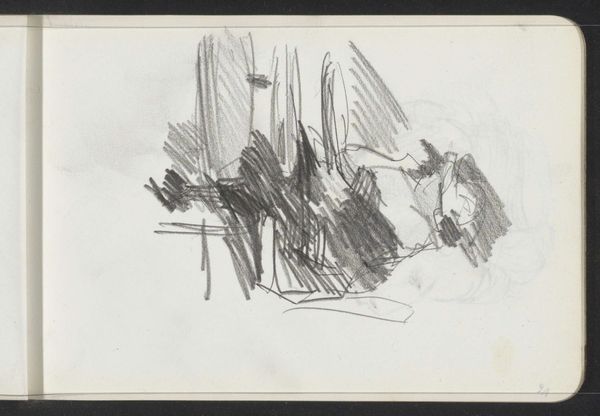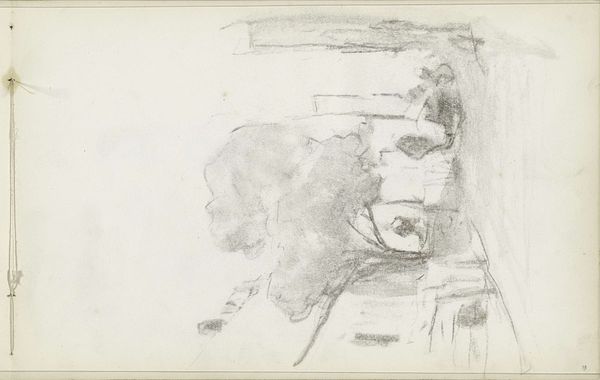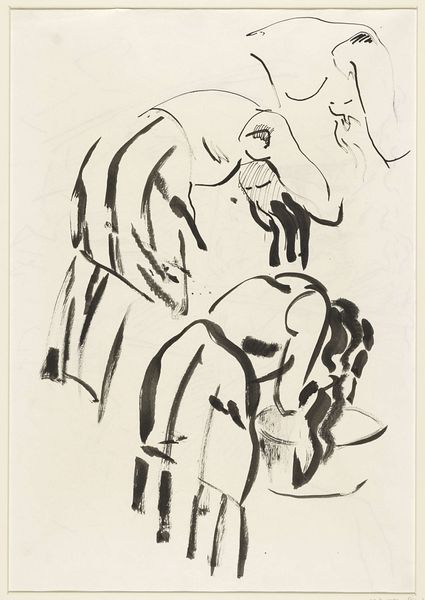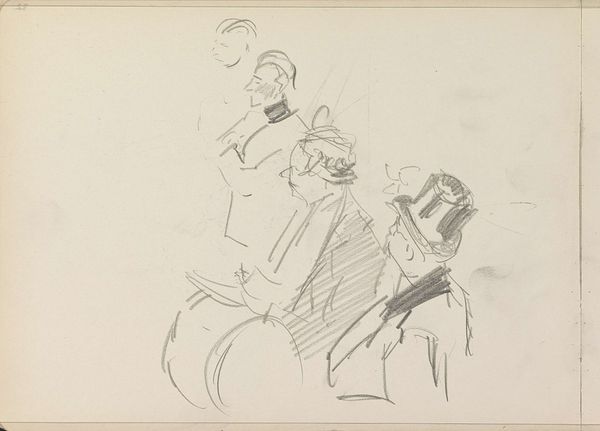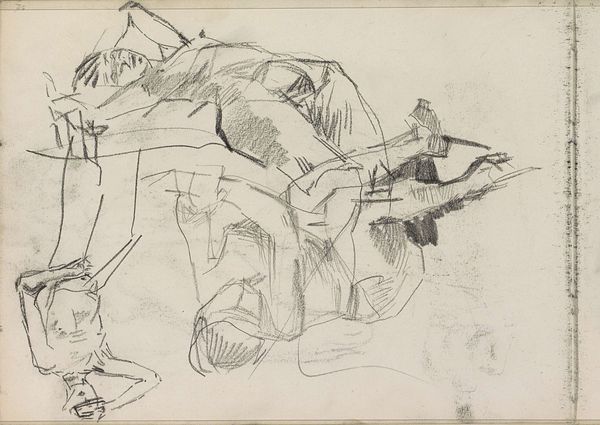
Dimensions: overall: 24.7 x 29.2 cm (9 3/4 x 11 1/2 in.)
Copyright: National Gallery of Art: CC0 1.0
Editor: Here we have "Tanglewood" by Donald Greason, a 1940 ink and watercolor drawing. I find the sparse application of washes and the sketched figures incredibly evocative – they capture a fleeting moment, maybe musicians tuning up before a performance. What do you make of this, given your historical approach? Curator: Well, the title "Tanglewood" immediately situates us in a specific cultural landscape. Tanglewood is, of course, the summer home of the Boston Symphony Orchestra. Considering this, it’s not just a fleeting moment but a representation of American high culture in the mid-20th century. How might this informal sketch, so different from a formal portrait, engage with ideas of artistic accessibility and class? Editor: That’s fascinating. So, you're saying this seemingly spontaneous sketch potentially carries weight regarding social and artistic hierarchies? Is the casualness a kind of subtle rebellion, or a reflection of changing attitudes towards classical music at the time? Curator: Precisely. The drawing lacks the grandiosity one might expect, hinting at a democratizing impulse in the arts. Think about the Works Progress Administration during that era; how was art being positioned within a broader social context? Also, how might the chosen medium – a relatively "humble" watercolor and ink – speak to those ideals? Editor: So, the informality could be a deliberate choice, mirroring broader societal shifts. I guess I had assumed it was purely about capturing a quick impression. Curator: And it could be both. But looking at art through the lens of its socio-historical context reveals another layer of meaning – the artist's engagement with contemporary debates about art and society. Do you think its visual impact changed from 1940 to now? Editor: Absolutely. It’s a reminder that even seemingly simple artworks can reflect and participate in complex cultural dialogues. This has broadened my perception significantly; I see now that artworks always function within social contexts. Curator: Indeed. Analyzing that relationship between artistic creation, and cultural framework provides invaluable insight into its history.
Comments
No comments
Be the first to comment and join the conversation on the ultimate creative platform.

